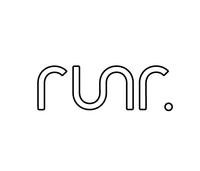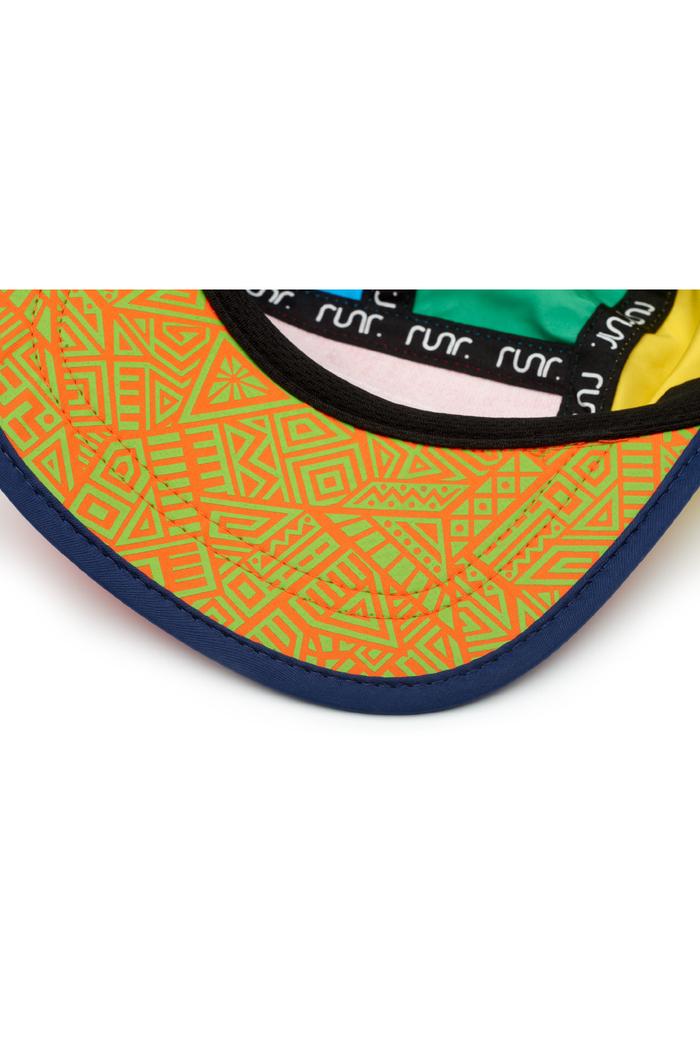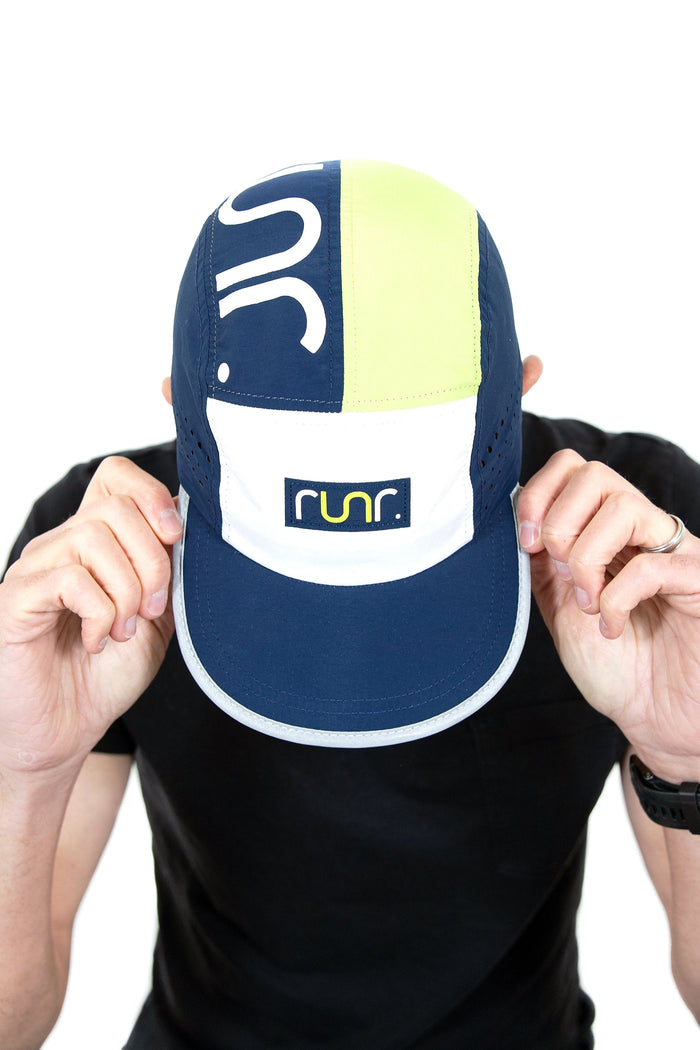The Bad Patch
I spent quite a lot of hours in the car driving to and from Worcester a few weeks ago and listened to a few old episodes of the Marathon Talk podcast, one of which had originally aired prior to the 2017 London Marathon.
Female Ironman World record holder (and one of my heroes) Chrissie Wellington shared hints and tips about how to keep going during a bad patch in a race and that gave me the idea of writing about how I get through mine.
Bad patches especially in longer distances are inevitable. It's just how you deal with them that matters. Chrissie recommended thinking back over sessions you've found hard, yet kept going. I liked that idea until I tried to think of mine during my Bad Patch at the Great North Run, and it spun my mind into an even worse spiral of negative thinking. I ended up fixating on the times during my speed work last week when I stopped after EVERY SINGLE EFFORT and all it did was make me want to stop again.
The point is, this works for Chrissie (and my training partner Sally, so I'm told) but not for me. There is no exact science to getting through a bad patch, but there are a number of things you can try. I should say before I list them: bad patches are not exclusively for races or long runs, I've experienced them through easy runs, recovery runs, mile reps, parkruns, marathons and anything in between. It's not getting a bad patch that makes you, it's how you get through them and keep going.
The Mantra:
For me it's "Run the mile you're in" and I tell myself this over and over again. I don't think about how bad I'm feeling, how far I've run, or what I've got left to do, I focus on the here and now and if it's horrible I just let it happen. Focusing on "now" means eventually you'll come through it. This mantra helped American Marathon Record holder Ryan Hall so I'm always proud to think it helps me too! A mantra can be anything you want it to be. In my 401 Marathon it was "Relentless forward progress" but it could be something simple like "I can do this". It all has the same effect on your brain.

Counting:
When my mantra wasn't working at the Great North Run, I resorted to counting. You can count to whatever you like- Paula Radcliffe references counting 100 footsteps in her record breaking London Marathon when she talks about it in her book. I tend to count blocks of 20 and see how I feel after each 5 blocks. If I still feel as bad, I start again. I think on Sunday I did that for most of the last two miles!

Visualise something:
I spent loads of my GNR Bad Patch visualising my medal in my hand, other times I visualise someone placing a medal around my neck. During duathlon training I used to imagine having my photo taken by the riverside holding my bike above my head (I did- and it wasn't easy after a duathlon, but I wanted to reward the visualising) and during my first marathon I visualised changing my twitter bio to "marathoner". Whatever works for you!
Make a deal with yourself:
This can link with the counting thing. At the Great North Run I was cramping and I'd fallen off pace so much of my mind wanted to walk. People around me were walking and it LOOKED SO GOOD. But if I walked, I would have kicked myself at the end. And after cramping in a half marathon that's a hard thing to do.
My deal was: run the next 100 steps without walking and you can have two days with NO EXERCISE!! I was delighted to reach the reward point and even though I'm currently writing this having run this morning less than 48 hours later, my deal at the time worked. I was rewarded and lost importantly I was another 100 steps down the road I was struggling with.

Song words:
A bit like the mantra one but slightly less repetitive. Don't sing out loud unless you want to lose your breathing and get funny looks, but in your head recite the words to your favourite song. Again you will eventually get bored but if it's a particularly long song you'll be at least half a mile further along.
Quiz yourself:
Paul and I came up with the hilarious idea during marathon training together a few years ago that we would develop quizzes along a marathon theme for bad patches. They weren't hilarious but trying to list the world marathon majors in reverse alphabetical order at mile 18 of a training run kills five minutes and takes your mind off what's going on in your legs. Sally and I do things like listing PB times, while Paul and I have also been known to list our favourite dog breeds in reverse order. Whatever works.

Draw on experience:
You have so far survived all of your bad days. Remind yourself of the things you or your loved ones have lived through. It's hard to pity yourself running along the road when you think of a tough time a loved one has been through. I always think of the times my Dad or my dear friend Marcus went through during their cancer treatment and it always helps me to keep my head up and crack on.
Think about what doesn't hurt:
Make a mental inventory of the things that feel good rather than bad for as long as you can until the thing that was hurting, stops. It can be anything: wrists, hair, not just knees, hips, calf etc. Do the list for long enough to distract your brain.
The key to this is do what works for you, have a variety of techniques to hand, and learn what's best for you.

Good luck, embrace the Bad Patch!
-----------------------------
A great blog that we can all relate too I'm sure. Anji is a qualified running coach, part of the team at Events of the North and a regular run leader on the Steve Cram Training Camps and Events of the North Start Me Up runs.
Follow her on twitter @EnigmaGirl81
 Skip to content
Skip to content













